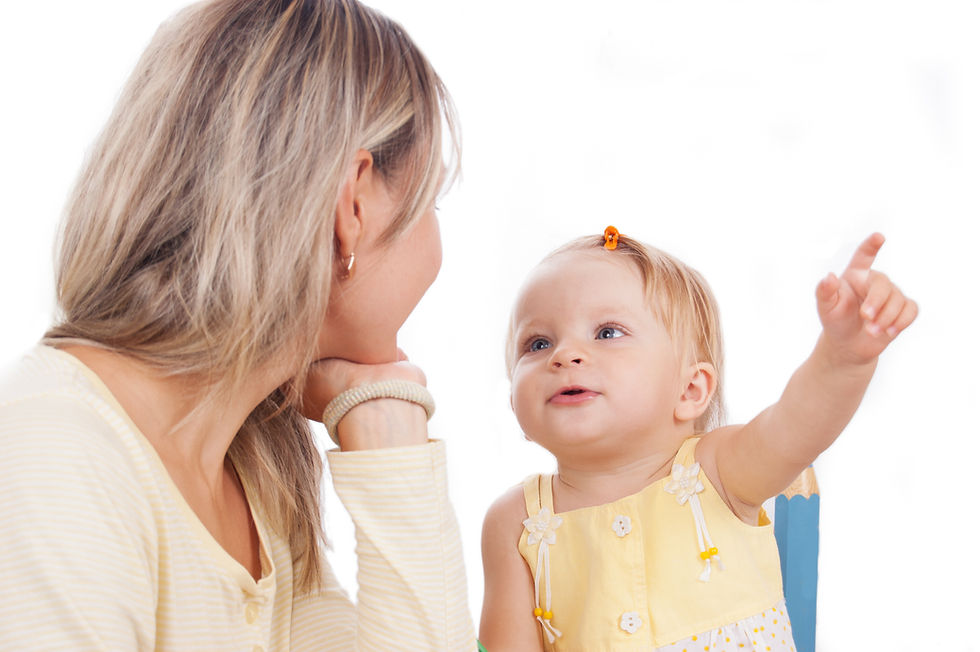Benefits of Baby Sign Language
- Brooke O'Leary

- Sep 7, 2021
- 2 min read
Babies develop gestures or point to objects in their environment as a natural part of their development. Enhance their ability to express their wants and needs by teaching and encouraging Baby sign language.

Babies can learn to use baby signs as symbols for objects, requests, and conditions before they are able to verbally communicate. Baby signs are usually gestures or signs taken from the American Sign Language community and modified to make them easier for an infant to form. Teaching your child to use signs can be an effective tool to support communication skills.
What does the research say?
Does teaching a baby to sign facilitate their language development? A study completed by Linda Acredolo and Sysan Goodwyn, showed that 11-month old babies who were exposed to sign language developed larger vocabularies and demonstrated understanding of more words by age two than those in the non-signing group who participated in the study.
Suggested Benefits:
Use of baby sign language allows parents and caregivers to be more responsive
Use of baby sign language encourages more independent action by the baby
Use of baby sign language reduces frustration by giving the baby an outlet to express their wants and needs
Use of baby sign language encourages social skills by allowing the baby to take turns, share information, comment and request.

When to use baby signs:
Meal time: allow your child to indicate when they want ‘more’ or if they are ‘all done.’
Play time: babies want to communicate around their interests so teach the signs for preferred objects such as ‘ball’, ‘dog,’ or ‘car.’
Stressful times: decrease frustrations by giving your child the signs to tell you what they want or need.
How to teach baby signs:
Choose 3-5 signs that are functional for you and your child. Some first signs might include: ‘more,’ ‘all done,’ ‘help,’ ‘eat,’ or ‘bath.’
Pair the sign with verbal language (When your baby has shown you that he/she is all done, say 'all done' while making the sign for it).
Repetition is key! Pair the sign with the word every time you say it and be alert to recognize when your baby uses the sign.
Be patient. Babies start to use signs at varying points in their development.
Resources:
Vroom, J. (2004) Encouraging Spoken Language through Signs. Super Duper Publications.
Goodwyn, S. et al. “Impact of Symbolic Gesturing on Early Language Development.” Journal of Nonverbal Behavior 24 (2000): 81-103.




Comments